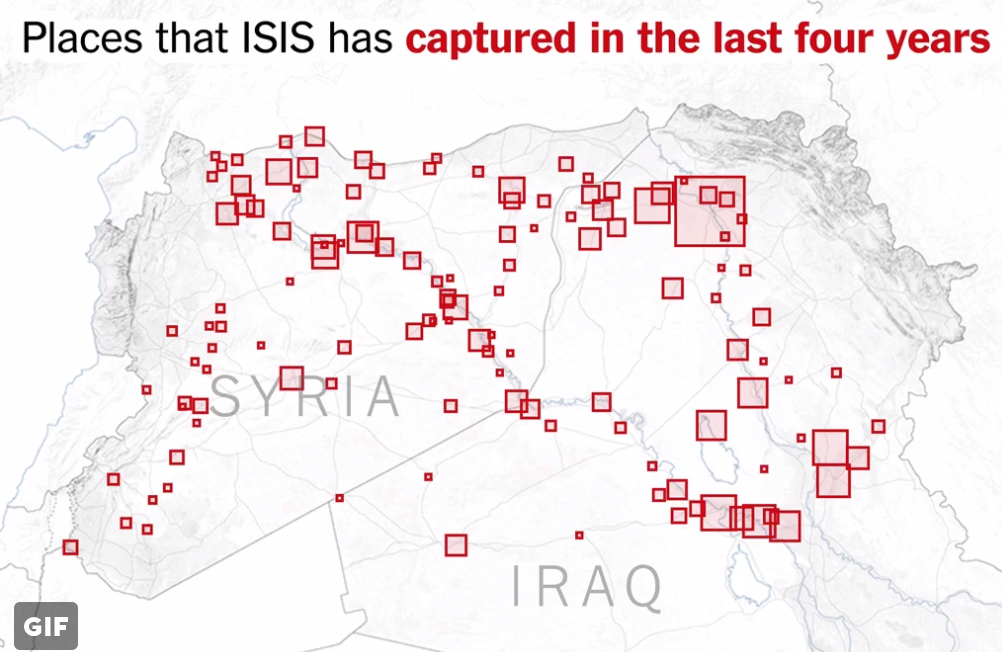Designing Maps for Different Audiences
Agenda
- Brief primer on things to consider when designing maps for different audiences, intermixed with
discussions.
- Group exercise sketching and designing sustainability indicators in Central America for different types of audiences.
- Discussion of our ideas and maps, with a focus on which seemed to work and which were more troublesome.
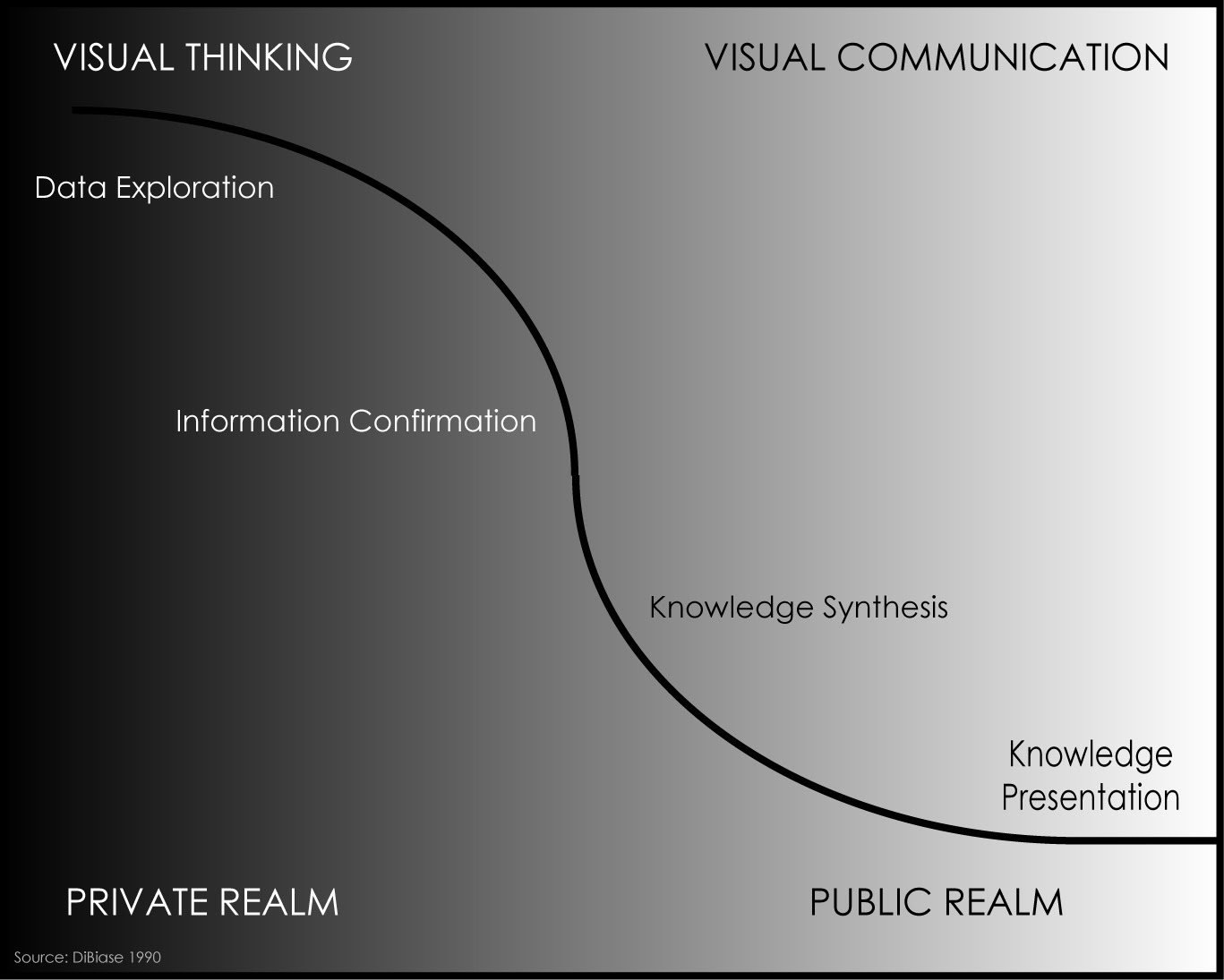
COMMUNICATE
:: to share or exchange information, news, or ideas.
Step 1:
Determine Your
Communication Agenda
(What information / news / idea are
you trying to communicate?)
Step 2:
Determine Your Target Audience
(You can't communicate the same
to everyone. Who are you
trying to address with
your visualization?)

Who is YOUR audience?
Group Activity!
Time to Decide...
I've created a few datasets on poverty from the UNGDS. I selected Central America as our area of study for simplicity's sake (not too many enumeration units).
- Let's get into in small groups
- Examine the SGD datasets (here) or pick your own.
- Choose a single/concise communication goal.
- Several communication goal examples:
- Progress ending poverty has been made in recent years
-
Argue there is much work to be done to reduce poverty.
Audience Profile Exercise
Today we will be practicing with four different audiences:
- Scientists
- Policymakers
- Non-university graduate adults
- 12-year old students
- One other one you come up with...
Exercise
In small groups, discuss and write down what thematic map characteristics might appeal to these audiences and what differences these groups may have in how they view / interpret a thematic map of poverty or something similar.
Step 3
Create an Aesthetic Form
to drive audience
meanings
(Come up with a design plan!)
Effective communication forms meaning
Three Types of Meaning in All Maps
- Referential – spatial data and information
- Explicit – overt visual cues and textual information
- Implicit – subtle, covert, soft-messaging of additional information

Referential Meaning
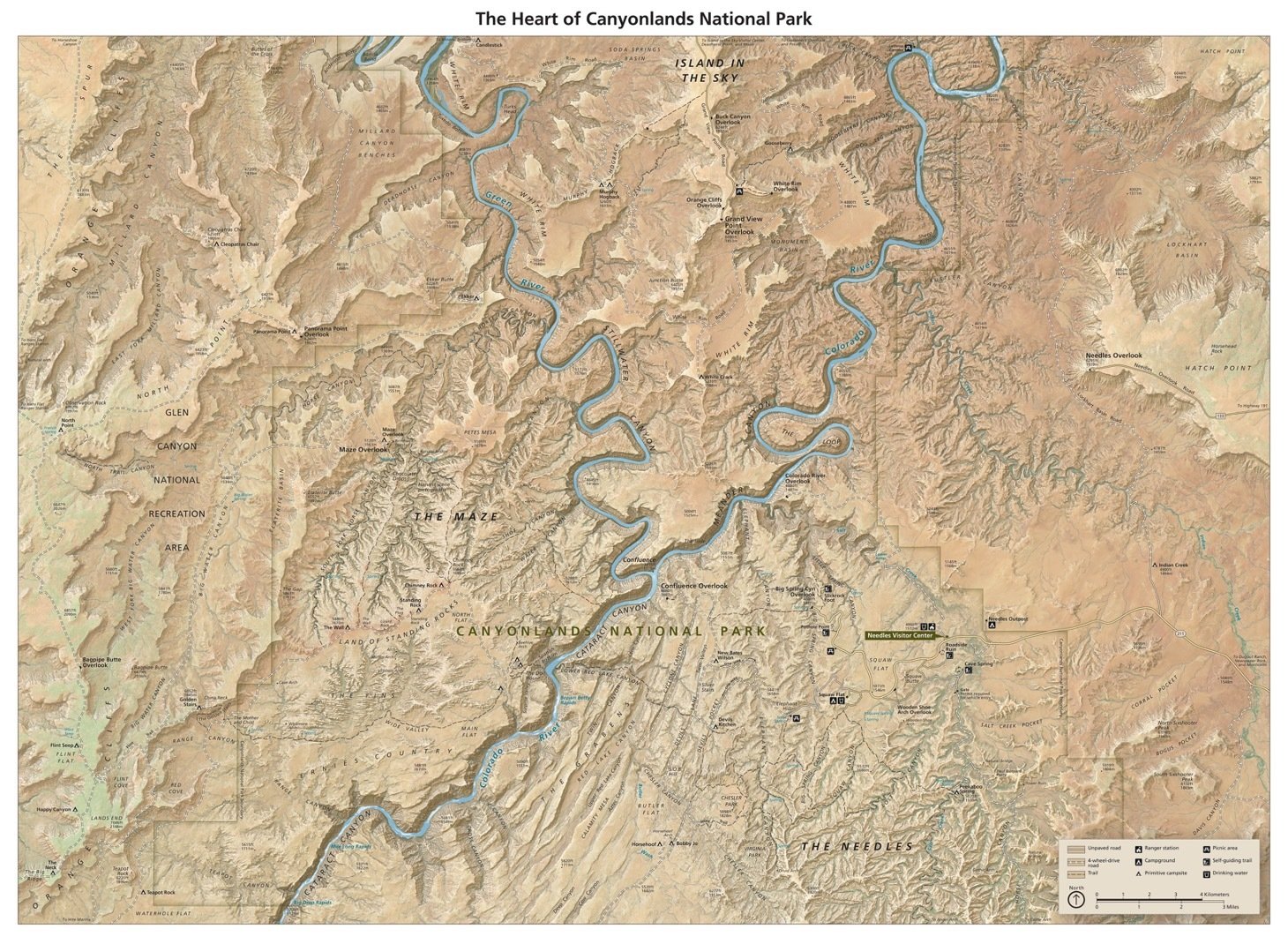
Explicit Meaning
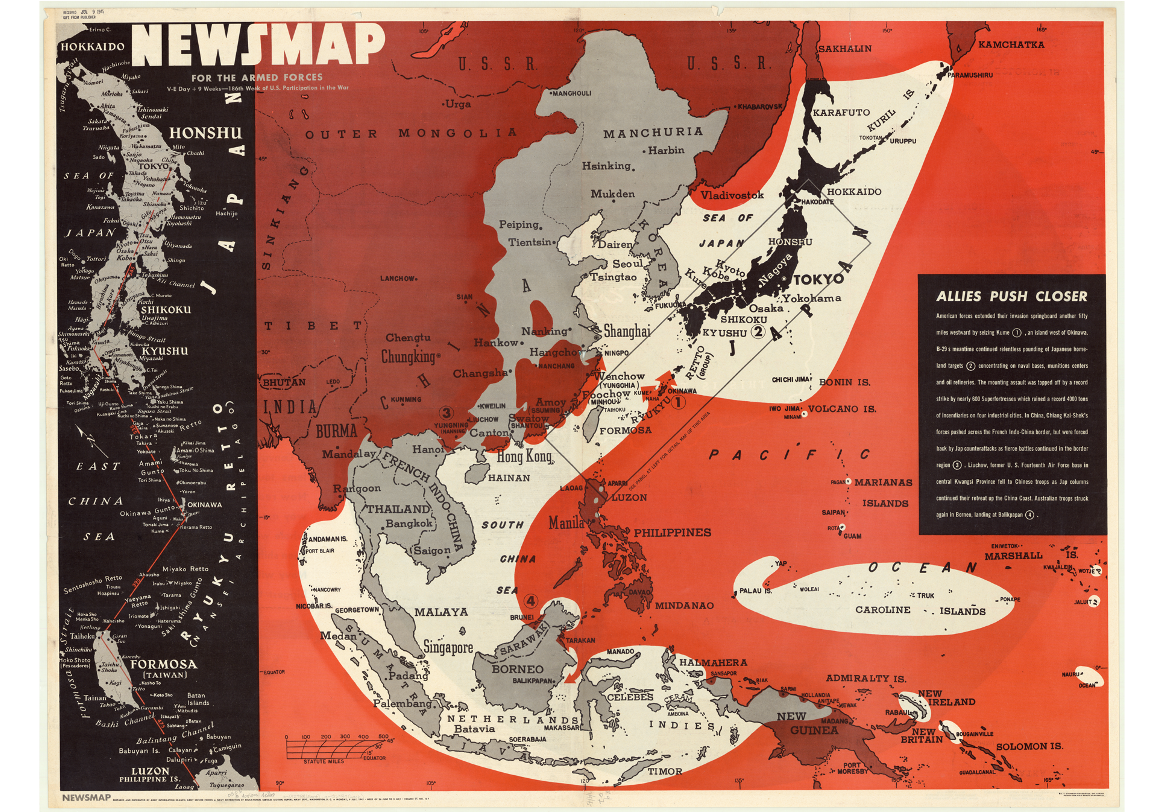
Implicit Meaning
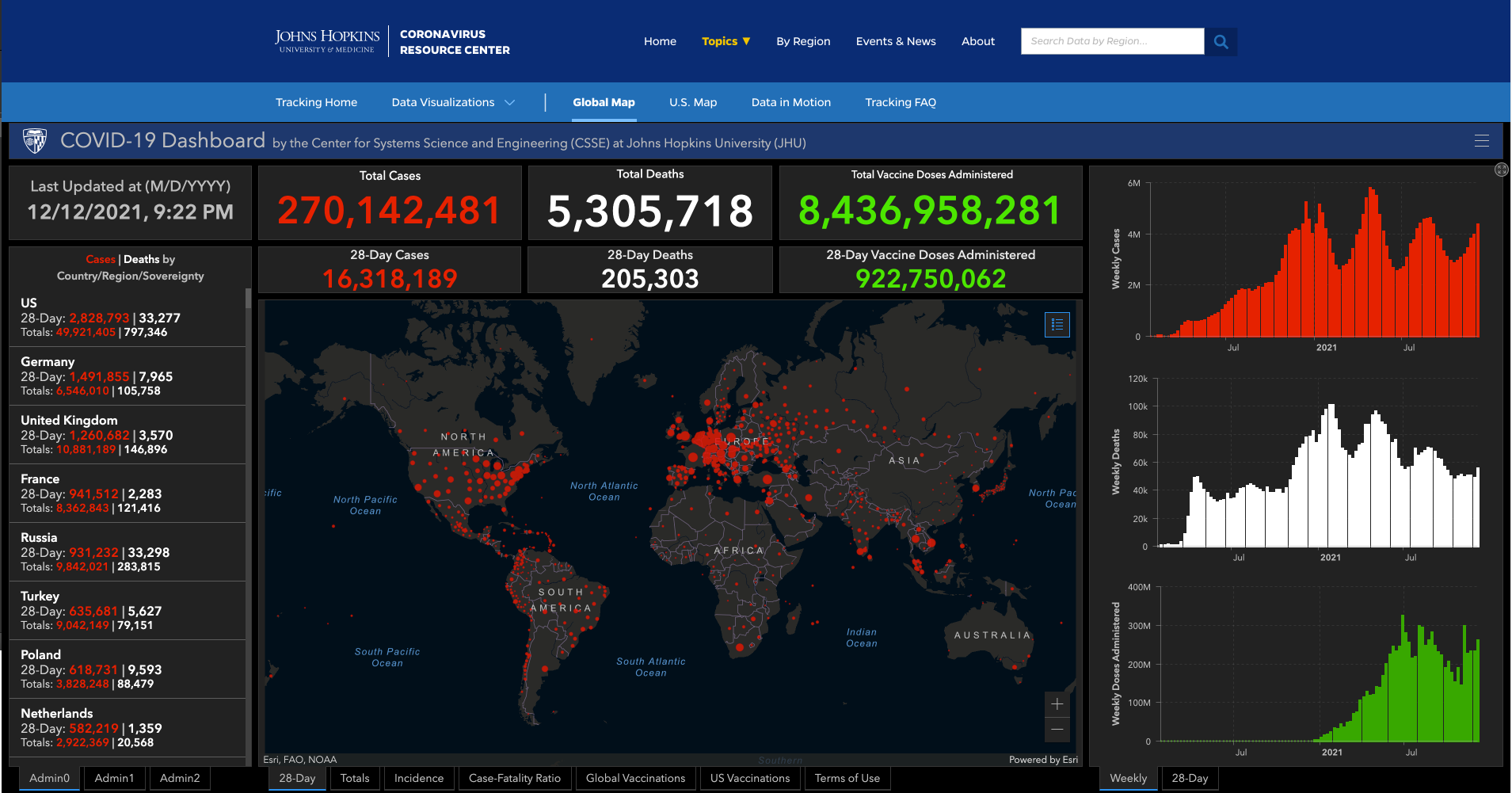
Form is the creation of an appetite in the mind of an auditor, and the adequate satisfying of that appetite.
– Kenneth Burke, 1968: 31.
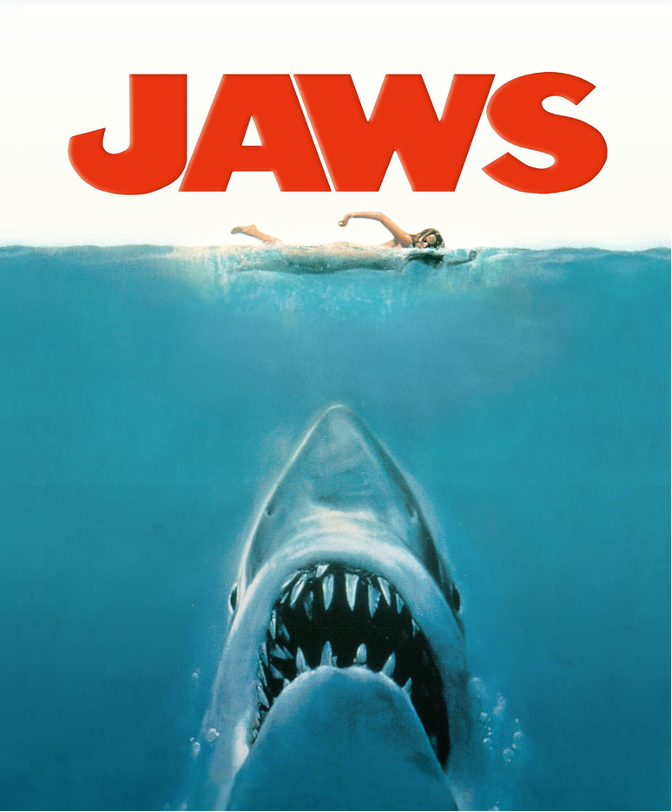
Substitute "meaning" for "appetite."
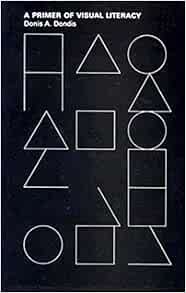


Brief introduction to the concept: North American Cartographic Society Conference Talk

Aesthetics are not all equal with different audiences.
What about medium?
Working on a computer in Meta's Metaverse (wsj.com)
books are still books


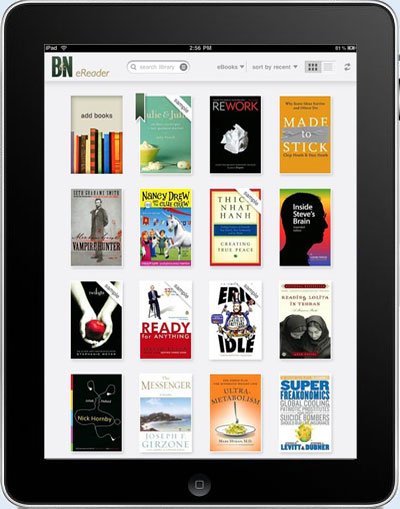
maps remain maps

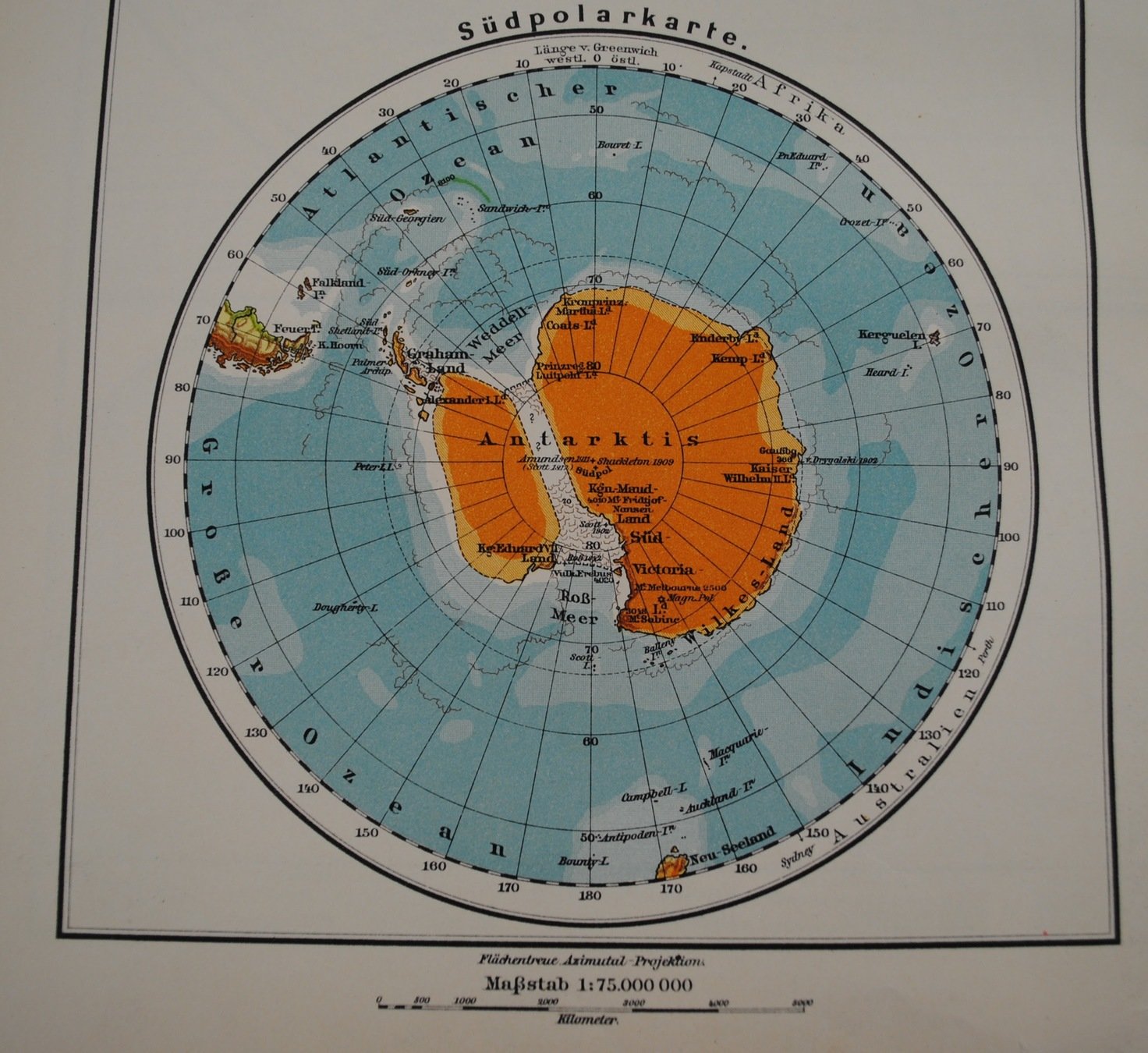


Projections &
Perspective

God-Like View
Fly-on-the-Wall View

Generalize & Simplify
(in many cases, you should map less
to better impress)
Map Elements
and GUIs
Balance & Layout
make for clear communication
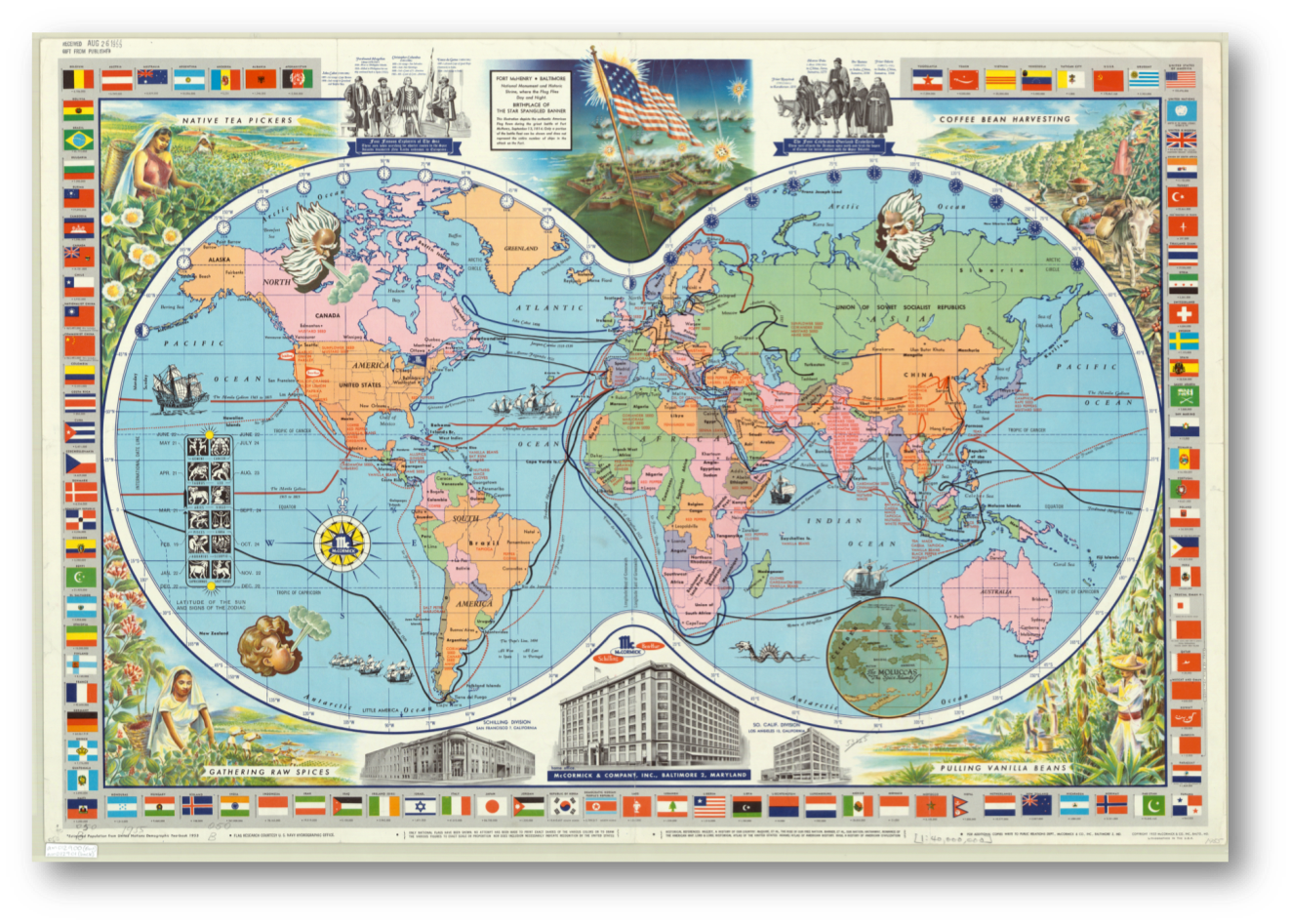

Visual Hierarchy
(You may want to emphasize different
data points for various audiences)

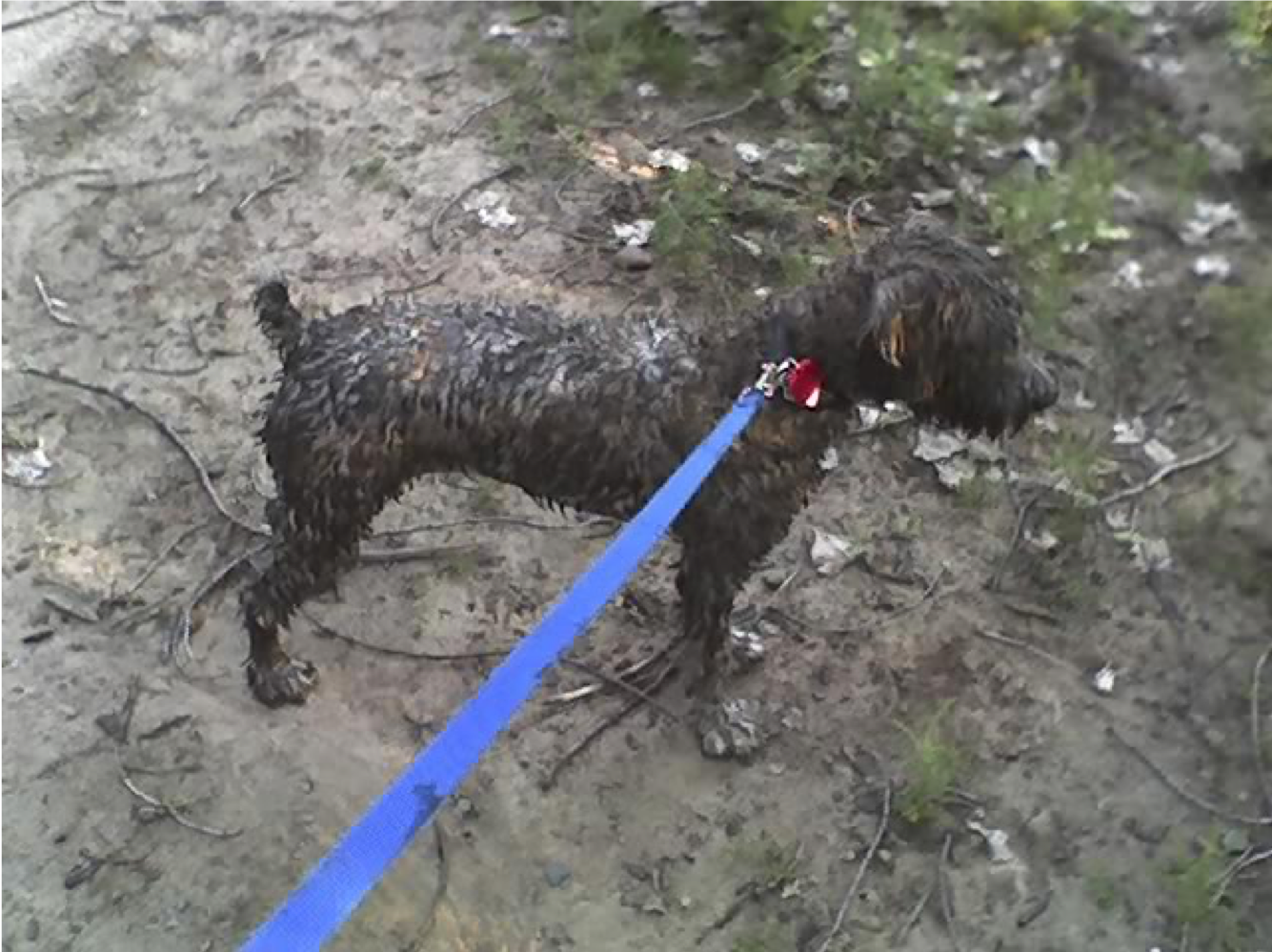
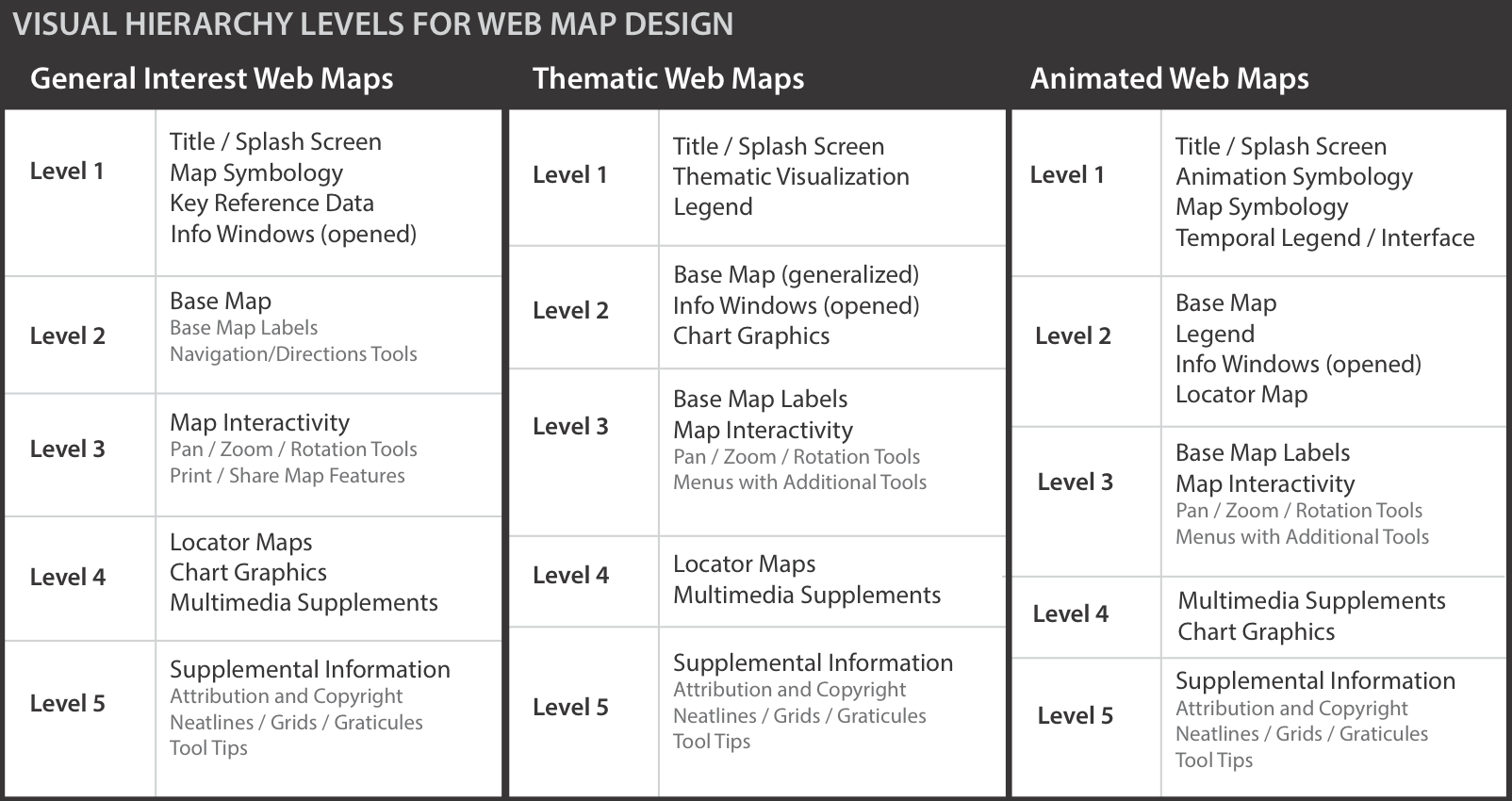
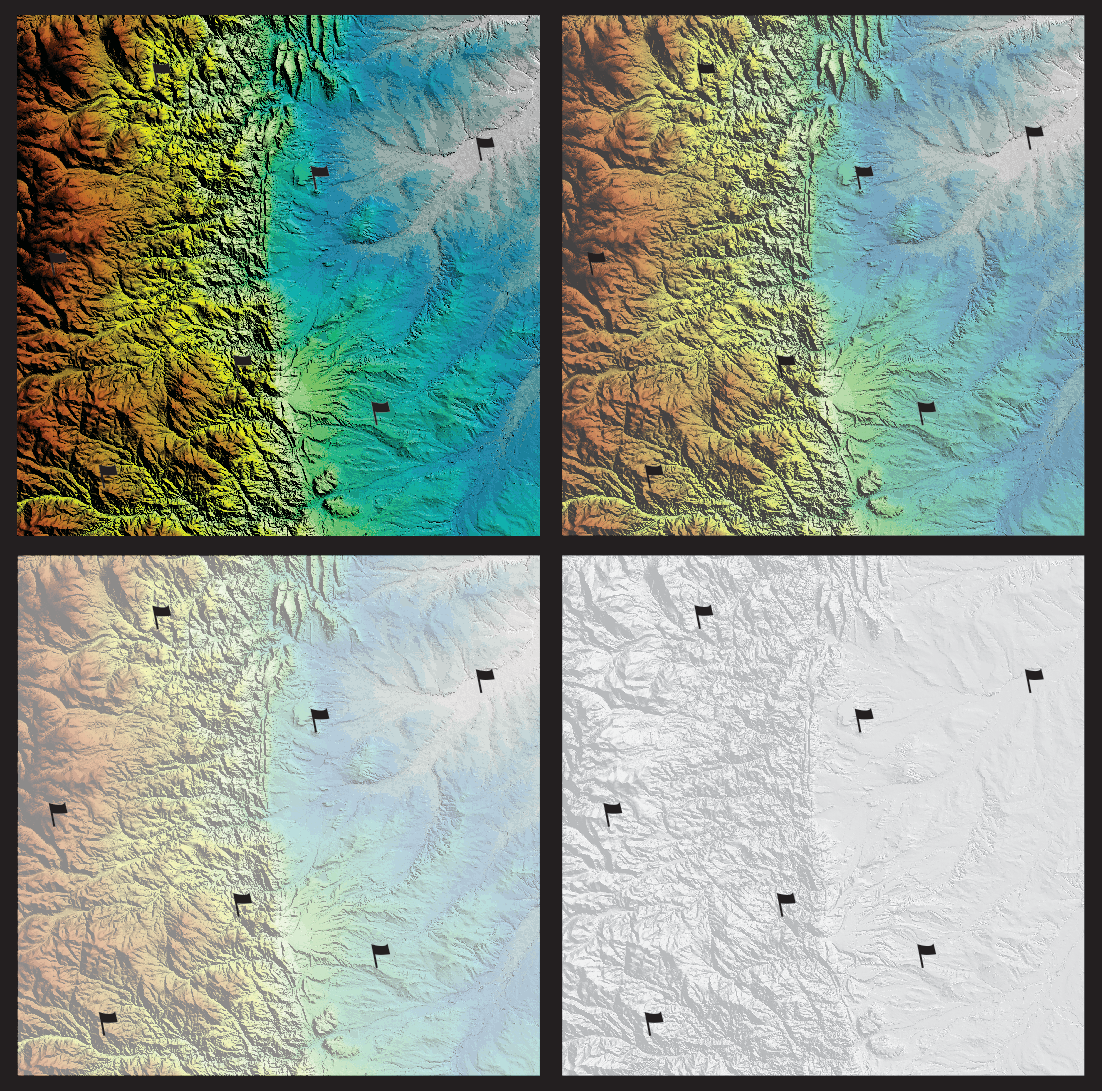
Choose Colors
Purposefully

Many Reasons to Think about Color
Small Talk Matters
(It's not just What you write
but How you write it)
Use Your Title to
Control the
Message
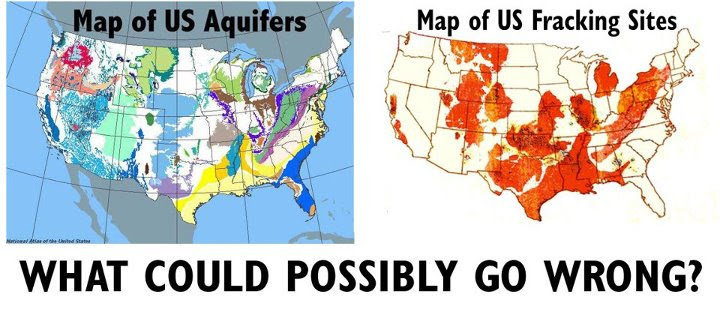
Stylize Your text

Ken Field, @cartonerd
Group Activity!
The Goal
Your group is going to sketch out four different map designs of Central America – one for each audience.
(You may substitute one of the original four out for
a fifth that you and your group prefer.)
The maps provided are just meant as starters. Feel free to ignore the boundaries or start from scratch!
Remember
- Your purpose/argument/point of the map (already decided)
-
Your audience profiles
What are their expectations and which aesthetic decisions will appeal? -
Don't forget about titles, color, projections, data model manipulation, and everything else you've been trained in! Try to use map elements/GUIs that work with your aesthetic approach to each group.
- Quickly catch-up on map design and visualization techniques here
thank you for participating.
Ian Muehlenhaus
Director of Program Development
University of Wisconsin–Madison
muehlenhaus@wisc.edu

